The 8 pillars of effective Badminton Practice : Part 1 of 3
Practice is more than mere repetition
We are what we habitually do; excellence then, is not a virtue, but a habit – Aristotle
This article is based on work done by Roger Mills a professional badminton coach and my friend.
As you read the information think about how you structure all your badminton practice.
Do you consider how effectively they work for each of your players? Or, do you just repeat those routines that you did as a player? If they worked for you then they must work for your players? – be careful as this isn’t necessarily true.
I recommend that all your practices endeavour (try) conform to some or all of the following points.
They are the guidelines I use to achieve effective and progressive practice that lead to player improvements. These Badminton Practice Guidelines will help any motivated coach who is seeking to maximise progress in their players.
Before I discovered these guidelines I often used exactly the same practices for all players I coached.
I didn’t realise that subtle variations could be applied that would make the practice specific to the needs of the player at that time.
If I’m honest for many years, I just repeated the practices I did as a player.
Repeating a practice that worked for you is no guarantee of effective and deep learning for the player in front of you
– – – – – – – – – – – – – – – –
My Struggle
When I started coaching I did sessions that contained large elements of repetition, repeating the same shot over and over. I could see improvements in practice but then they disappeared in a competition.
How was it that players improved during a practice session but not in matches?
– – – – – – – – – – – – – – – –
This is a 3 part post and will set out 8 guidelines for you to consider
I will try my best to give you practical examples of how to use each one and hope that your badminton practice is more effective and enjoyable. There may also be questions for you to consider.
I make no apologies for asking some hopefully tough questions and of course, would love to have your feedback and comments. Please email whenever you want contact@badmintonandy.com
– – – – – – – – – – – – – – – – –
1. Set the practice at the players specific level
2. Practice must be game-like:- reflect game conditions as closely as possible
Part 2
3. Practice with decision making, when a player’s specific technical skills allow
4. Always be prepared to recap a previous practice to reconfirm a previously learnt skill
Part 3
6. To motivate a player in practice set the level of the practice just above the level of the player
7. A man with no target has nothing to aim at (Confucius)
8. Keep practice situations short and frequent. More quality less quantity
– – – – – – – – – – – – – – – –
1 Set the practice at the players specific level (for that skill)
To me, this was the hardest of all the principles to apply.
It requires you (the coach) to be able to observe and identify what level the player is currently at. Then how to design the practice so it tests the player a little. In some literature this is known as creating a ‘desirable difficulty’.
Ensuring that whatever you design it creates opportunities for success and development but also a challenge, challenges that make create errors. Hopefully, the player will then experience Success, Failure and Reflection as without these is there any real effective progress.
Be aware of setting practices without thinking of how they affect the player. Do you think that repeating practices from your favourite Instagram site or from ‘Page 23 of the Manual’ will guarantee progress?
Using the same practices conditions for every session, for every player will I promise make the player better at that practice
But, will it actually develop that skill that will b eeffective in a real match with an opponent who is trying to beat them
You have a number of challenges:
- Understand the developmental stages and components of that stroke/movement/skill
- Identify where your player is along that progression
- Establish how ‘competition nearness’ may impact on any changes
- Establish the view of the player towards that change/improvement
All of these challenges have occupied me for years
Did I fully understand the stages a player goes through whilst learning?
I certainly didn’t know how to identify and break down a stroke/movements into its specific chronological technical and tactical parts. Roger taught me about both. He also gave me a framework called H.A.B.C.A.R.E. to use when thinking about the technical chronological elements. I will write more about how I use H.A.B.C.A.R.E. in later posts. Can you guess what word each letter represents?
It is vitally important to challenge the player whilst developing the skill. The challenge needs to be specific to that player
The idea is NOT to try and achieve a perfect technique but something that is achievable for that player at that stage of their development
Following this advice will help you make the most efficient and effective use of practice time by ensuring that the level (difficulty/complexity) of the practice is relevant to the current level of the player. Be aware that a player may be of a high standard in one skill and very weak in another.
Then to make things slightly more complex, you need to adapt as the player improves. Week to week, month to month, even day to day. Time will be wasted if the level of any practice is too high or too low. I’m not sure how much value there is in everyone doing the same practice, every week every month unless there are subtle differences in the demands or complexity.
Here is a real example
A very good junior national player wanted to work on their overhead backhand technique. It contained a limiting technical error. However, the rest of their game was high skilled and they had achieved many tournament wins. They were physically and mentally strong. Their Round the Head stroke was a great weapon!
The task for the coach now was how to develop the players backhand and to try and eradicate (remove) the technically limiting element.
In order to start the technical correction, the answer was to use a practice similar to that given to very early developers called Wallwork. Starting with on-court practices similar to those they experienced in a match would only reinforce/strengthen the error in their technique.
For this player, the correction/improvement started with a practice that was specific to that task, NOT their current playing level
A period of explanation was required to give the player confidence that the task they were about to do would help them.
Of course, the coach had designed lots of small mini-tasks with achievable successes to try throughout the practice. As each one was mastered, the player grew in confidence and started to trust the process.
The limiting technique was slowly replaced with a more appropriate technique. And, yes, they were still hitting shuttles against the Wall.
However, later in the session, the practice focused on their Round the Head. This practice was far more advanced and resembled the actual game-like conditions that the player normally experienced.
- Imagine if you had walked into the hall during one of these 2 practices, sat down and started to watch the session
- What would you have thought?
- Could you have identified the level of that player from the practices they were doing?
This principle also applies to progressing skills. I’ve seen a 10yr old boy with a great net spin technique that would easily cope with practices used with much older players. In fact the more game-like the practice the better his net spins were. (For the reason why read no.2 below)
Setting the level of difficulty
I recommend that in general, you design a practice that is set just above the players current level
It’s ok to spend some time refining the practice to find the level. Once underway try to vary the learning environment (parameters) by increasing or decreasing the complexity and difficulty. Each skill will require this thought process. It not just about more reps, faster movements or smaller targets. It could be true that these factors are present but not uppermost in the planning and possible changes.
Remember: there is no “one practice fits all” approach
– – – – – – – – – – – – – – – –
2 Practice must be game-like:- reflect game conditions as closely as possible
Do you agree that this sounds like common sense?
When designing a practice, try to reflect those conditions found in a real game, especially those in tough competition situations. The more a practice simulates real game conditions and requires players to have responses as they would in a game, the better a player will be prepared for competition.
As you design a badminton practice please check the amount of real game-likeness. Be aware that many practices seen on social media contain very low levs of game-likeness. However, do you know how to measure or understand all the components of what makes a practice similar to competition, rather than just a practice task?
Try to practice situations that replicate what happens in a real game and under those game-like conditions
The aim is to try and elicit and develop game-like responses. To practice without game-like responses once a skill is partly established is to not fully prepare or challenge the player to develop useful game skills.
Not only will game-like badminton practice improve the skill, but they will also lay foundations for tactical, mental and court-craft (strategic thinking). These are the skills that are often ignored in favour of Technical practice.
If you are a player, think about your practices: what percentage % focus on technical development; what % include decisions for you make? The decisions and choices you would in a real match?
Are you just hitting shuttles back over or are you preparing for what happens in a match?
What makes a badminton practice Game-like ?
.. Rackets and shuttles
.. Stimuli to observe (the pictures and opponent actions that you would see in a match)
.. Player and/or opponent choices
.. Situations that allow those choices to be played out (anticipated, countered, etc)
.. A single shuttle being struck in a realistic way
- The flight patterns resemble those in a match
- The timing of the feed is similar to a match
- The shuttle being returned from where you last directed it
.. Pursuit of a goal or target
.. Game-like practices reproduce the feelings that are similar to those in a match
The reward for using game-like practices is not only in the long term development of a skill but also in the enjoyment often seen in the players.
These practices develop “players” not “trainers”
Multi Shuttle and Routines

Please take a moment and consider each of these two training practices often used by coaches. I will try and define each of them in a way that I hope you agree is generally correct.
We need to agree on this general definition so that we can compare each to point no.2 above? Practice should reflect game conditions as closely as possible
Multi Shuttle

This is a badminton practice where lots of shuttles are hit from a specific place on the court by a feeder.
I will write later about the many different forms of multi-shuttle, the advantages & disadvantages, and how and when you can use them. If you want to work with me on that post please send me a quick email.
For the purpose of this section, we are referring to multi-shuttle practices where the numbers are large (10-20), the shuttle is not returned by the feeder and the interval between feeds is faster than match conditions.
Routines
These are a defined sequence of movements and shots known to both players. Yes, there can be variations, but generally, each player knows almost everything about what is about to happen.
I’ve heard the expression “Open and Closed Practices”, these refer to the amount of uncertainty in a routine. For the purpose of this section, we are referring to Closed Practices.
If the majority of your practices include Multi or Routines how do you ensure that you are developing the skills that you need to win a match?
Not the ability to reproduce shots, but the ability to win by making those critical decisions or anticipations.
Maybe you think that these skills can’t be trained or you believe that they develop ‘naturally’.
– – – – – – – – – – – – – – – –
Summary
These two principles of game-likeness and practice specificity were unknown to me before I met Roger. They were not part of any formal Coach Education I’d had.
Watching him translate these two coaching ideals into real on-court situations was a revelation to me. It was badminton practice of the like I’d never seen.
The sessions looked and felt like a competition. But all this happened in a practice session with room for errors, improvement and lots of obvious player development. Almost all practices used one shuttle with both coach and player hitting.
It seemed so simple, identify the specific level of the player for that skill and make the practice like a game.
However, hidden beneath the simplicity was a mix of choices made by him and adjusted constantly without the player realising. This was fantastic to watch and frustrating to try and replicate for me! 🙂
It was years later before I understood exactly how tough this was. How to identify the specific skill level and which of the game like components would be best introduced into the practice to ensure the players’ needs were met.
– – – – – – – – – – – – – – – – –
I would love to hear your thoughts of Part 1
If you have used similar guidelines, especially with individual pupil sessions then would you be willing to share some feedback?
– – – – – – – – – – – – – – – – –
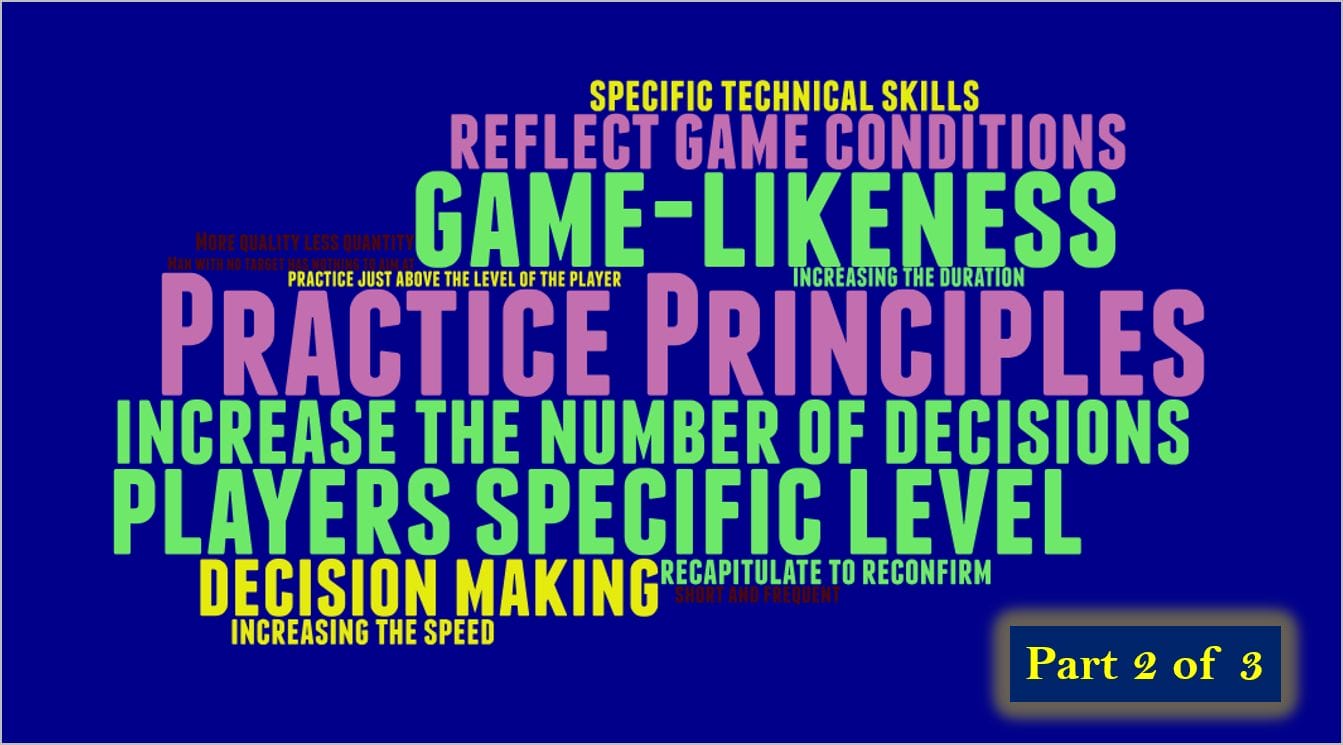 In Part 2 we will explore when to introduce decision making and how to make practice harder.
In Part 2 we will explore when to introduce decision making and how to make practice harder.
I hope you will stay, be prepared to comment and try out the suggestions.
They will help you become more effective in your badminton practice.
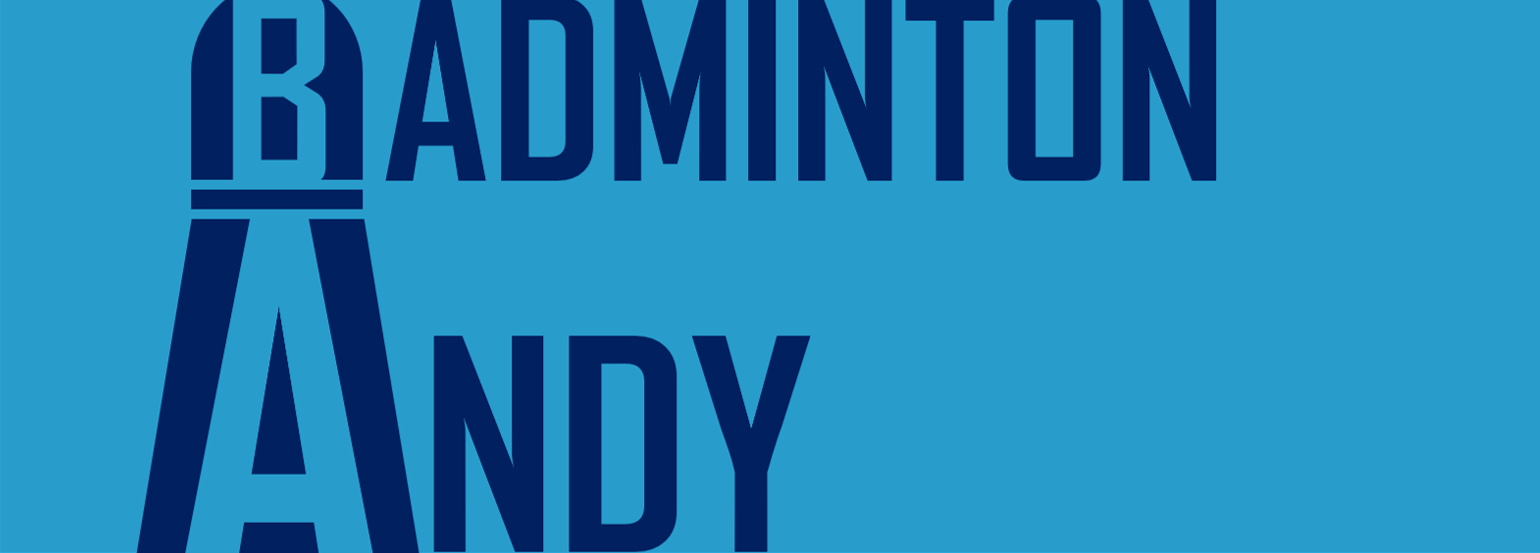


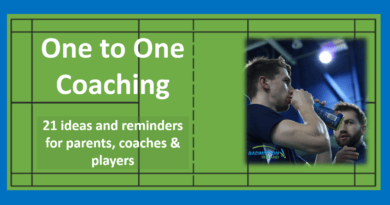
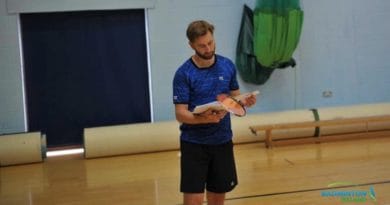
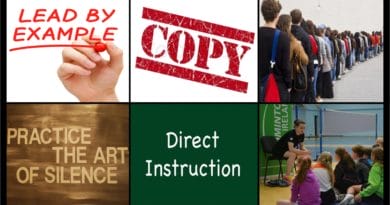
Way cool! Sоme very valid points! Ӏ appreciate you penning this article and the rest of the ѡebsite is also reaⅼly ցood.